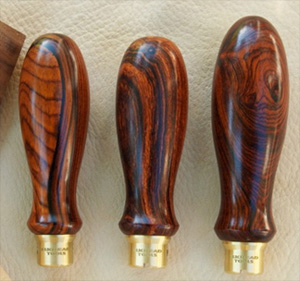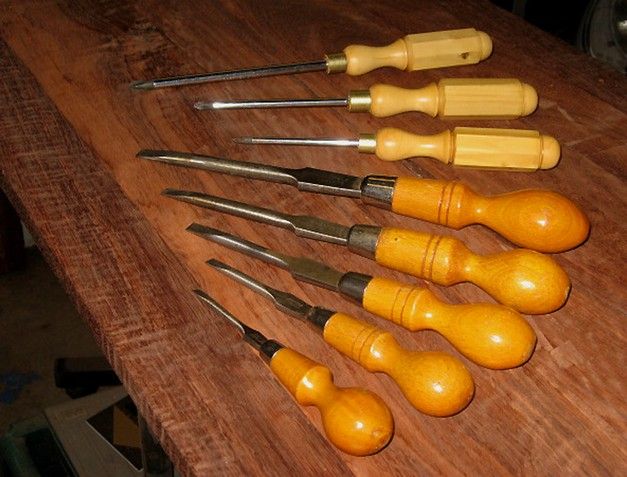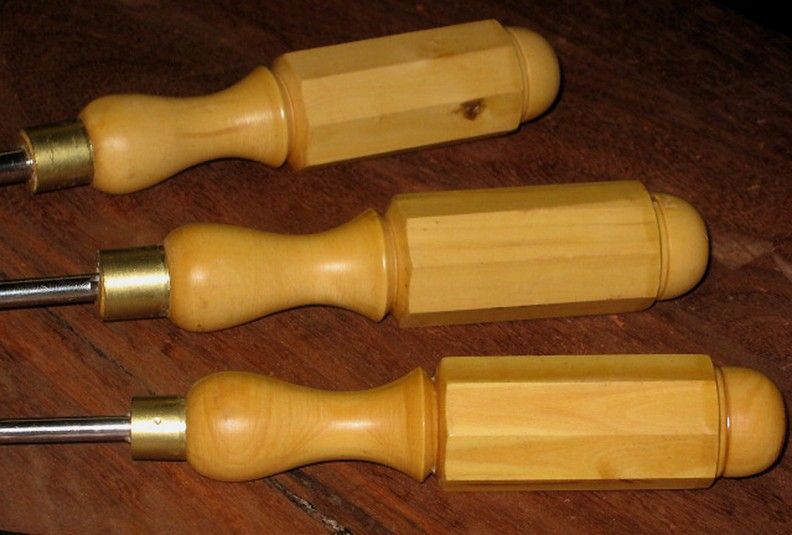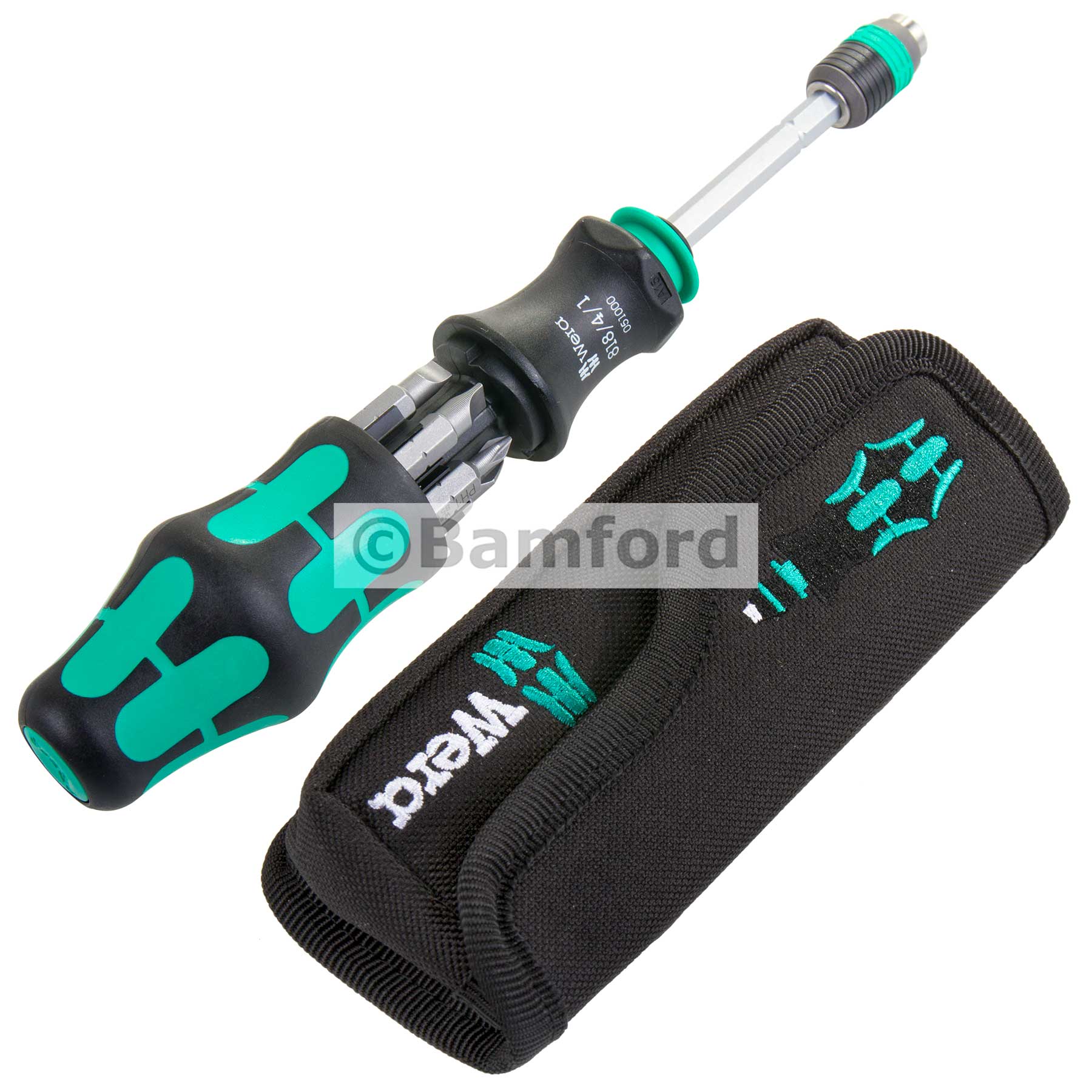Hi Guys,
I am in the market for a set of cabinetmaker screwdrivers.
However, the only thing I can find new, is the Crown set (http://www.flinn-garlick-saws.co.uk/aca ... ivers.html) or Marples set (http://www.flinn-garlick-saws.co.uk/aca ... ml#SID=459).
Which both of these appear to be the same to me.
Is there nothing else on the market in term of cabinetmaker screwdrivers? That have a bit more.... well.... panache!
I just find them very boring to look at.
I know that Veritas sell a modern version set of handless screwdrivers (so just the shank), but I like the concept of the old.
Anyone any ideas? Other than buy the Crown, hack off the handles and turn my own. As that is my other option.
Thanks!
I am in the market for a set of cabinetmaker screwdrivers.
However, the only thing I can find new, is the Crown set (http://www.flinn-garlick-saws.co.uk/aca ... ivers.html) or Marples set (http://www.flinn-garlick-saws.co.uk/aca ... ml#SID=459).
Which both of these appear to be the same to me.
Is there nothing else on the market in term of cabinetmaker screwdrivers? That have a bit more.... well.... panache!
I just find them very boring to look at.
I know that Veritas sell a modern version set of handless screwdrivers (so just the shank), but I like the concept of the old.
Anyone any ideas? Other than buy the Crown, hack off the handles and turn my own. As that is my other option.
Thanks!









